|
So, there was a presidential election yesterday, right? Yet as of this morning, we don't know the outcome, and we may not know for some time. What to do until then (besides nail-biting and obsessively checking the news)? Let's all take a deep breath and enjoy another visual retreat with some of my favorite photos from the past four months.
24 Comments
With the looming election, the ceaseless pandemic, and oh yeah, the threat of Zombies sticking their arms through your windows on Halloween, I know you all have more than enough on your minds. Who needs anything else to read at this moment in time? That's why instead of writing some rambling blither-blather, I'm treating you to a visual getaway. Most of these photos were taken on an actual getaway Ray and I had recently. For many years, we headed to Sleeping Bear Dunes National Lakeshore every autumn to take in the fall colors and overall wonder of the 111-square-mile park. We missed a few years when other trips and other matters took precedence, but this year's visit was our twelfth to the area. We arrived when the leaves were just beginning to turn, and we returned home to Newaygo to find even more dazzling colors. So have a soothing beverage and enjoy the views.
These challenging times can be both stimulating and stifling to creative types. Some writers and artists I know have found comfort in their work; others have been unable to summon their muses and have turned to other activities for solace. I say, whatever works! These times are exceptional, and as I recently read in an article a friend sent me, “During this extraordinary time, we have to realize that everyone now has an additional part-time job that might be called Citizen of the Covid-19 Pandemic,” and we need to give ourselves credit for the time and energy that extra work takes.  Gail Howarth Gail Howarth One artist who's managed to do inspired and inspiring creative work while coping with the pandemic is photographer Gail Howarth. Regular readers of HeartWood may remember seeing Gail featured here a couple of years ago. At that time, she was working on a photography/writing project with Mel Trotter Ministries, a Grand Rapids nonprofit organization that works with homeless people. Now, she is once again combining photography and writing to call attention to today's pressing issues, which include but are not limited to COVID-19, essential workers, race and racism, and LGBTQIA community concerns. What led you to undertake this project? City Center Arts in Muskegon offered me the opportunity to be the featured artist there from September 1 to October 10. The gallery has been very supportive of me, my nature and landscape photography, as well as another project I am working on called The Gratitude Project By Lakehouse Photo. Originally we were going to feature The Gratitude Project. However, the rest of the exhibit will honor essential workers. We felt that gratitude, while a worthy topic, might seem insensitive to those that have sacrificed so much. We thought about postponing the featured artist wall or displaying my landscapes. But I felt like we were missing the opportunity to do something meaningful. The year 2020 has been challenging. The pandemic, racial tension and rioting, and a divide that grows deeper daily in our nation weigh heavily on my heart. I just kept thinking, this is a time to heal, not to fight amongst one another. When I proposed A Time To Heal to the folks at City Center Arts, they quickly agreed to the project. Christina once asked herself, Am I Black Enough? Later in life, as she experienced racism in many forms, the answer became clear. Christina expresses her concerns, her anger, and her wisdom by blogging and through dance. How did you find people to participate? Were most readily willing, or did you have to persuade some? I asked everyone I knew if they would participate, and then they asked everyone they knew. I posted requests for participants on my Facebook and Instagram pages and even contacted local social justice organizations. Most of the participants were referred through the gallery or Facebook friends. Of the 17 participants, I knew less than one-third personally. I received a lot of non-responses to emails and phone calls. However, those that expressed an interest in the project showed no hesitation about participating. Everyone felt like it was an important project and wanted to be involved. Like so many others 2020 grads, Chauncey lost the opportunity to complete his senior year of high school in person and to experience senior prom, skip-day, an actual graduation ceremony, and more. Read more about Chauncey here. How do you think communicating these varied stories and images can promote healing, both for individuals and for our country and world? In a nutshell, we need to get to know one another. The project gives folks from various backgrounds the opportunity to share their journey with people that are generally not a part of their community. Once we find common ground, it will become easier to communicate about and resolve tough issues. One example from the project would be that there has been immeasurable conflict related to wearing a mask to keep COVID-19 from spreading. There are many reasons stated, but I believe the biggest factor is that folks don’t know anyone that has had it, and therefore, it does not seem real. Three of the participants of the project have had COVID-19. Though all three have recovered, they struggle with ongoing health issues. One person caught the virus from a man that did not survive. Another worked in one of the hardest-hit hospitals in the Detroit area. She witnessed countless deaths every day. All three encourage everyone to wear a mask. Once you know someone that has had the virus, you will likely not question whether mask-wearing is right or wrong. Healing begins one person at a time. Hopefully, healing begins with one person, then a second and a third, and multiplies and impacts a whole community, a state, a nation, and beyond. Healing can be hard work and take years. But it can also be quite magical. Have you ever had a rigid belief about a thing and then learn one new fact about it, and it shreds everything you ever believed? I do hope that folks will find a few magical moments from the exhibit and blog posts. I don’t believe my project alone can make a profound change in the world. I do think that projects with the same or similar intentions are popping up all over as a reaction to the dysfunction we are currently experiencing. I hope that collectively change can and will happen. Lastly, I will admit that there was a moment during the early part of the project that I became disillusioned. Not all of my friends or family felt the project had merit. They thought that the result might create greater divisiveness versus the desired outcome of healing. I shared with one of the participants that my heart was a bit broken by the response. I asked her earnestly, what if the only heart opened or healed was my own. Her response was: Well, then the whole project is worth it. I am grateful, and I cherish her words. Working as a respiratory therapist at one of the hospitals hardest hit during the early days of the COVID-19 pandemic, Cindy contracted COVID-19. Now recovering, she asks that everyone wear a mask. In the introduction to “A Time to Heal” on your blog, you write about parallels between the present day and the 1960s. What similarities and differences do you see between the two times? Now and then, social unrest led to demonstrations and rioting. In the ’60s, the issues were related to civil rights, the feminist movement, the Viet Nam War, and the gay liberation movement. Today, we face the same problems and more, but the war we are fighting is with one another. Also, in the ’60s, people still had faith in our government, that our voices would be heard, and that real change could happen. Today, we have lost faith in leadership and our government, that our voices, no matter how loudly we cry, fall on deaf ears, and there is little hope for change. Kwame uses his sense of humor and insight to elevate awareness related to racism and the Black Lives Matter Movement. Kwame believes we are fundamentally bound together and that together we must find a way to get along. In your interviews with this broad spectrum of people, have any common themes emerged? The commonality would be the need or desire of the participant to tell their story or to be heard. All felt that in doing so that it might, in some small way, make a difference. Susan Bishop, MD, is a pediatric doctor. As COVID-19 has significantly changed patient care, she misses children's hugs and unmasked smiles. In an email, you wrote, “The creative process is funny for me. I never have a clear picture of what something will be in the beginning. It just morphs into what it becomes.” In what ways was that true for this project? First, I had no idea if I could pull off this project. I had two months during a pandemic to find people willing to be photographed, to share their stories, and translate them into an exhibit of words and images. Initially, I thought I would display one photograph and a few keywords of each person to convey the story. However, I could not come up with a smart way to show the words. In the end, I decided to label the images more traditionally. Each piece has a name and just a little information about the participant. Hopefully, viewers will become curious enough to read more about the participants on my blog. Then, as I selected and edited photos, I realized that for most participants, a single image left the story incomplete. I began mounting three to five images into a template with a plain white background. The stories were coming together, but still, something was lacking. One day, I accidentally placed one of the photos behind the others. It was fabulous!! I reduced the grayscale of the background image (made it lighter), and it became part of the story. In some cases, I had to backtrack to find and photograph backdrops that would complete the story. Lastly, I initially had a narrow concept of who should participate. The expansion happened naturally and felt right. When Justin learned personal protection equipment was in short supply, he came up with a plan that included renting the second largest cargo plane in the world and having it flown to China, filled with supplies, and flown back to Ohio to begin distribution. He then purchased US-made mask-making equipment and started production in Ohio. How has this project affected you personally? Deeply and on so many levels. There were many days that I felt hopeless. The division between people feels as if it grows larger every day, and I did not feel as though I was working fast enough or hard enough. But I came to believe that I am doing what I can to be a positive force for awareness and change. I will, in some way, continue the work that has begun with this project. I am honored and humbled that complete strangers would take the time to share their life experiences with me. Their words forever change me. The most life-changing aspect of the project is related to racism. I have never considered myself a racist. But, I have become more aware of the cultural bias that I carry with me. I listen with new eyes and ears, and feel with a heart more open. And, as those old untruths pop up, I look them over and toss them away. We have so very much to learn from one another. I am a forever student, and can barely wait for my next teacher. Siena is working toward awareness and social change as a member of the Sunrise Movement, an organization that seeks to remove oppressive and unsustainable systems to create a just future. What is your hope for this project and its impact? I hope that hearts and minds will be changed, that we will become a more unified people, even if we disagree, and as a result, create a better future for our children. That is a pretty big hope, isn’t it! I am not sure if it is realistic at all. But, in the words of John Lennon, “You may say I'm a dreamer, but I am not the only one.” I hope others will be inspired to start projects that promote healing and unity. Pastor Sarah believes it is time to put an end to our differences based upon race, learn to imitate the Kingdom of Heaven, and to live as one. Read more about Pastor Sarah here. A Time To Heal will be on display at City Center Arts from September 1, 2020, until October 10, 2020. Hours are limited, so please check the website before traveling to the gallery. Blog posts related to the participants are located at https://lakehousecc.com/living-at-the-lakehouse/
Not all blog posts related to the project are complete. Consider subscribing to be notified of new posts. I realize the past couple of months have been anything but a holiday for many people: those who’ve faced illness themselves or cared for ailing family members, those who’ve lost loved ones, others who have lost their jobs or whose professions put them in harm’s way. My heart goes out to all those people and everyone else who has been negatively impacted by COVID-19. I feel fortunate that so far, at least, this time of isolation has been a kind of respite for me. When it all began, back in mid-March, I thought to myself: Well, I always wanted to go on a creativity retreat in some peaceful place. Here’s my chance! And for the most part, that’s how I’ve approached it. Here in our quiet patch of woods, with no outside commitments, I’ve been free to focus on projects I find it hard to concentrate on when I’m always on the go. And a funny thing has happened: The further we get into Stay Home – Stay Safe, the more protective I’ve become of my free time and solitude. Like most people during this time, I’ve been deluged with a mind-boggling number of invitations to Facebook Live events, Zoom gatherings, free webinars, and other virtual happenings. My internet service’s dwindling data allowance won’t permit me to join in most of those, and while I truly regret having to turn down some invitations—especially From the Heart Yoga’s Zoom classes and chats with my yogini sisters—I haven’t minded passing up the rest. They’ve felt like distractions, in the same way that outside commitments often do. So how have I been spending my precious retreat time? Let me count the ways . . . 1. Writing I’ve been working steadily on my novel-in-progress. Rather than spinning out pages, I decided to take a more disciplined approach, guided by the process Lisa Cron champions in her book Story Genius: How to Use Brain Science to Go Beyond Outlining and Write a Riveting Novel (Before You Waste Three Years Writing 327 Pages That Go Nowhere). The title itself was enough to sell me on the book, and as I work my way through it I’m becoming even more of a fan. It’s hard work, requiring a lot of thought and a lot of writing, followed by digging deeper, thinking more, and writing more. Being able to spend hours in concentrated work, not just stolen minutes here and there, has led to much-needed breakthroughs. Finally, I’m getting some clarity on how to achieve what I’m trying to achieve in the story I’m working on. 2. DecoratingEarly in our Newaygo life—around a decade ago—I scoured flea markets, antiques shops, and ebay for interesting picture frames, visualizing a gallery of old family pictures in our upstairs hallway. Those frames have sat in a trunk in the guest bedroom all these years, waiting for me to fill them. Every month of every year I’ve thought I’d get to it, and every month of every year has somehow gotten filled up in other ways. Finally, I gathered frames and photos, did the necessary prep work, and with Ray’s help, hung them in the hall. Here are the pictures that now have homes: While I was at it, I framed a few more of my nature photos to hang in my studio and the guest room. I’m happy seeing the empty spaces filled and even happier having done something that had been on my to-do list far too long. 3. Lending a (Virtual) HandA volunteer opportunity cropped up: entering data for a ballot initiative for which I’d helped gather signatures. I thought, Why not? I certainly have the time! It’s a simple task—just taking names, phone numbers, and email addresses from cell-phone photos of petitions and entering the info onto a spreadsheet. A little hard on the eyes, but easy on the brain, which suits me fine right now. 4. Pathfinding A new path from our back yard into the woods A new path from our back yard into the woods Every spring, one of our tasks is cleaning up downed trees and branches in the patch of woods around our house. Ray cuts up the wood and runs the small and medium-sized pieces through the chipper. I gather up the chips and spread them on the paths we’ve made around our property. This year has yielded enough chips for me to create a new path or two. In the process of making many chip-laden wheelbarrow trips, I rack up an astonishing number of steps, according to my Fitbit. Between that work and my wanderings in the woods (see item #4), I’ve been covering some serious miles.  This patch could be mine! This patch could be mine! Enter the North Country Trail Association’s Hike 100 Challenge. The idea is to hike 100 miles in a year. Normally, those miles have to be on the North Country Trail (though it doesn’t matter whether you hike the same mile 100 times or cover 100 unique miles of trail). But this year, in response to shelter-in-place directives, the association bent the rules to allow all miles walked in April and May—in your backyard, around the house or neighborhood, on the treadmill—to count toward the total. I’ve been keeping track, and I’ve already passed the 60-mile mark. I could very well hit 100 by the end of this month. 5. Woods wanderingTrue, I do this all the time, not just when we’re on lockdown. But spending time in nature has been particularly restorative during this time of unprecedented events and uncertainty. I hauled out my cameras, which I’d been neglecting while busy with book promotion, and discovered anew the joy of wandering around, photographing flowers, flowing water, and woodland creatures. Here are a few shots from my wanderings. You’ll find more at the end of this post. 6. Trying something newI read an article by nature photographer Melissa Groo about an unusual technique for photographing fast-moving birds in flight. Intrigued, I tried it out that very afternoon, trying to catch chickadees and nuthatches coming and going at the bird feeder. While my results aren’t quite where I’d like yet, in terms of sharpness, I was happy to at least capture a complete bird—not just tail feathers at the edge of the frame—on a fair number of attempts. I’m showing you these not because they’re anything to brag about, but because they represent the kind of patient, try-try-again attitude that’s easier to adopt when you’re not trying to fit so many things into your day. 7. Resting and reflectingEmptiness is the pregnant void out of which all creation springs. -- Wayne Muller The above quote is from an article titled “Fear of Rest” in the May issue of The Sun magazine, excerpted from Muller’s book Sabbath: Restoring the Sacred Rhythm of Rest. As so often happens, I came across the article at precisely the time I needed to read it. Musing on the necessity of rest—and our resistance to it—made me more appreciative of having time to intersperse rest with periods of activity. The older I get, the more I respect rest, but I still need reminding sometimes that it’s a legitimate use of time, not only to restore the body, but also to feed creativity. How have the past couple of months been for you? How are you feeling about re-entry? Enjoy a nature break . . .
 What's your favorite cabin fever cure? For us, believe it or not, there's nothing quite like a mid-winter car show. The bright lights and shiny surfaces seem to work wonders for our spirits. For decades, it was the North American International Auto Show in Detroit that gave us a lift every January. Starting this year, however, the Detroit show will take place in June, not January. Fortunately, there's still the Michigan International Auto Show in Grand Rapids. So this January, we gave that a go. If you're not a auto buff, you may wonder what could be so interesting about wandering through aisle after aisle of cars and trucks. Well, it all depends on your perspective. Being a car guy through and through, Ray focuses on the technical aspects: horsepower, miles-per-gallon, that kind of stuff. I, on the other hand, am fascinated with the play of light on fenders, the shapes of headlights and taillights, the wardrobes of the spokespeople, and so on. I can entertain myself for hours taking photos from various angles and vantage points. After going through my photos from the Grand Rapids show, I decided to look back at all my auto images--from car shows, museums, and roadsides--and share with you some of my favorites. As you'll see, rust and ruined paint catch my eye as much as polished chrome, and often it's the details that draw me in. Do you find beauty in unexpected places? Share what you find, using the mail icon at the top of the page, and I'll post it in an upcoming blog.
Outside my window, the maples are beginning to blush. Soon, the whole woods will be bright with scarlet, gold, russet, and burgundy. In such a dazzling display, it's easy to lose sight of the individual colors.
Life can be like that, too. With so much going on in the real and virtual worlds, not to mention our own imaginations, it's sometimes hard to narrow our focus. Yet often that's exactly what we need to do to feel calm and grounded and to nurture our creativity. I recently came across an intriguing exercise that reminded me of the benefits of concentrating on one thing at a time. In her Writing and Wellness newsletter, author Colleen M. Story wrote about boosting creativity with color walks. You pick a color before heading out on a walk and then let that color lead you as you search for objects of that hue. Colleen's article goes into more detail, with tips on how to get the most from the practice. I'll let you read that on your own, because I'm eager to show you what I found on my color walk. On the summer day I chose for my walk, everything was green, so as a challenge to my powers of observation, I picked yellow. I was surprised how many yellow things I found and how paying attention to them helped me see my familiar environment in a whole new way. I hope you'll try a color walk, too, and tell me how it goes. In this week’s blog, you’ll meet Mark Andrews, one of my favorite West Michigan photographers. Born and raised in Newaygo County, Mark got the travel bug early in life on trips with his family. He went on to work in the travel industry, for airlines and tour companies, including a stint in Barbados. “I started with photography in the 80s with an old film camera and fell in love with taking pictures,” says Mark. “I worked for Kodak in the early 2000s as a sales rep selling digital cameras and had some training over the years with them. Most of what I’ve learned has been over the internet and practice, practice . . . ” Mark is especially fond of photographing places that evoke a sense of the past – Cuba and old Route 66, for example. 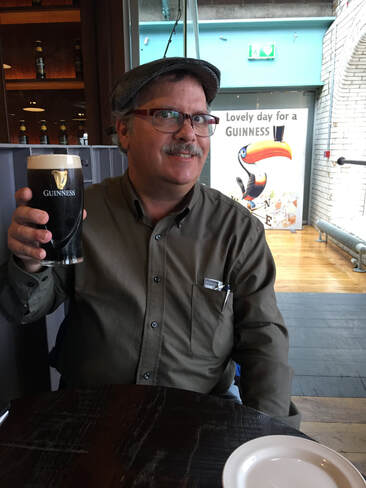 In addition, he has visited and photographed Iceland, Ireland, Scotland, Greece, Turkey, China, Russia, Philippines, Mexico, much of old Route 66, Hawaii, and National Parks including Grand Tetons, Yellowstone, Yosemite, Arches, Grand Canyon, Zion, Great Smoky Mountains, Canyon Lands, and Monument Valley. Where hasn’t he been, you might ask. Well, still on his list are the Amazon, Ecuador, Israel, Italy, Spain, Lisbon, “and a whole lot more.” In this post, Mark shares tips for taking better travel photographs, as well as advice on finding travel deals to your dream destinations. Tips for Taking Better Travel Photos |
Written from the heart,
from the heart of the woods Read the introduction to HeartWood here.
Available now!Author
Nan Sanders Pokerwinski, a former journalist, writes memoir and personal essays, makes collages and likes to play outside. She lives in West Michigan with her husband, Ray. Archives
April 2022
Categories
All
|











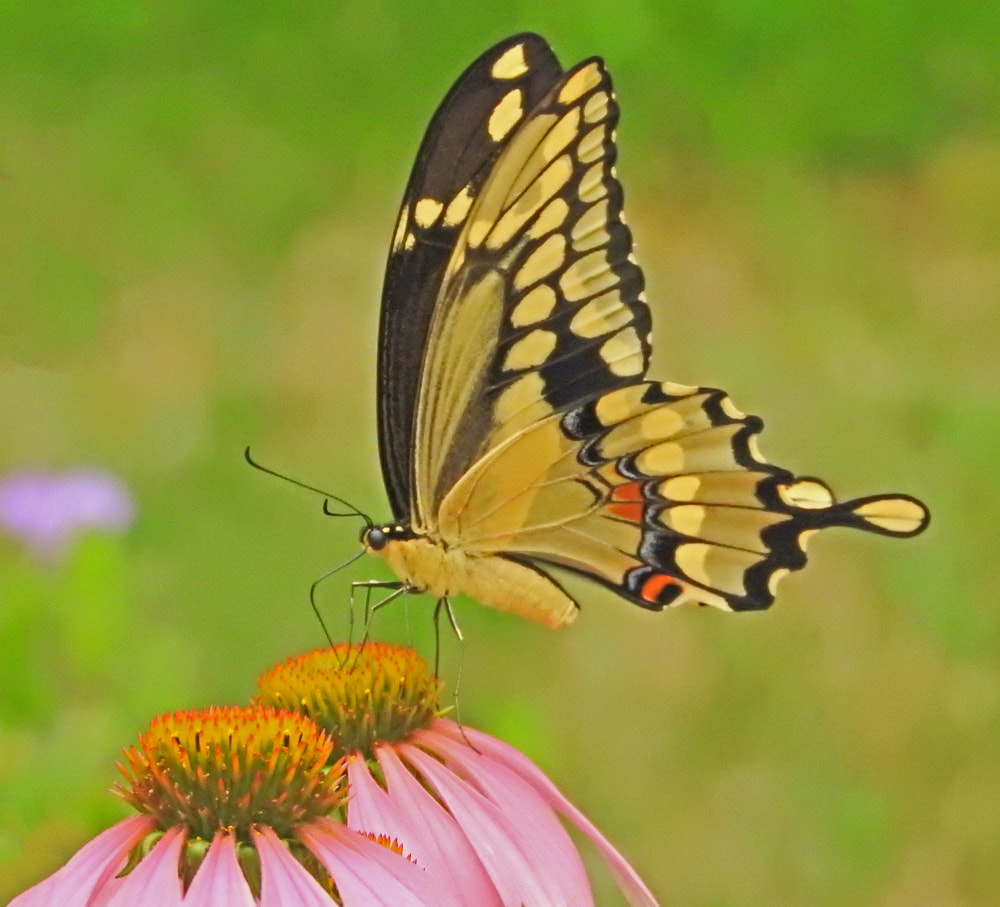





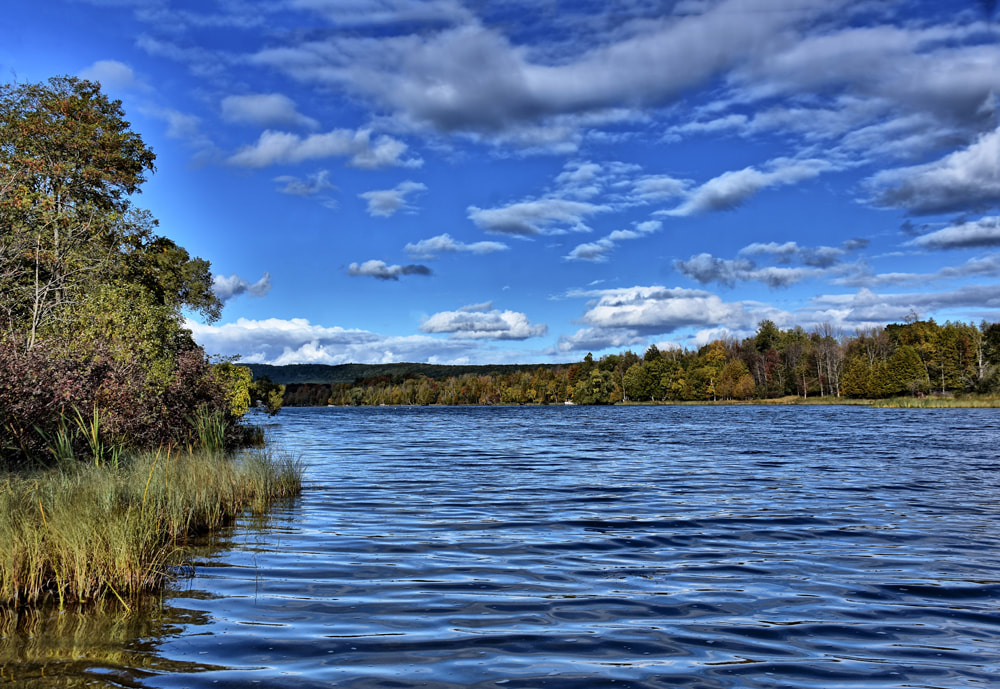



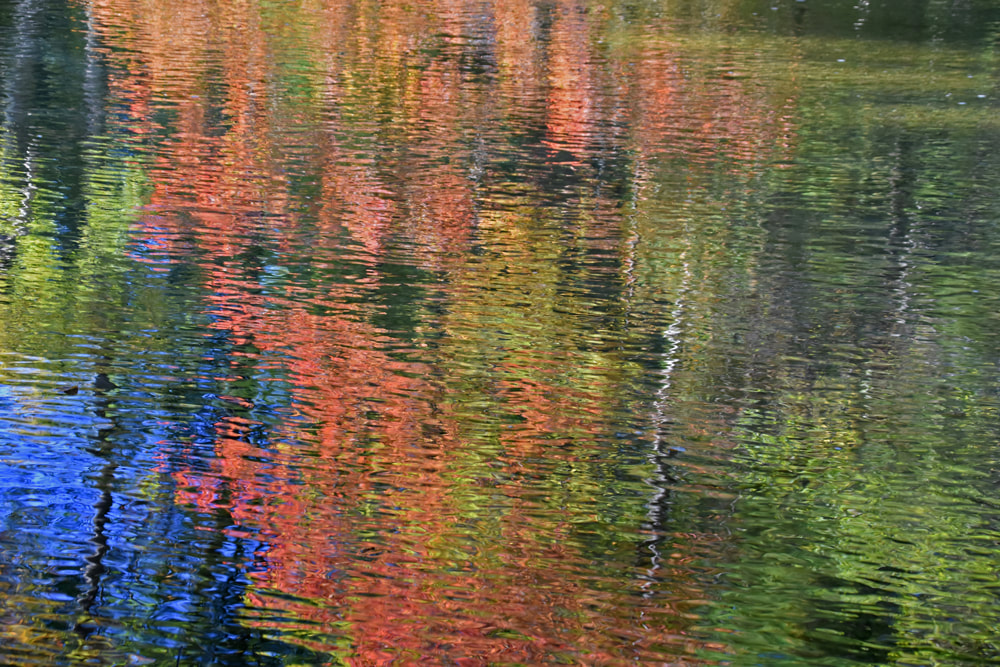






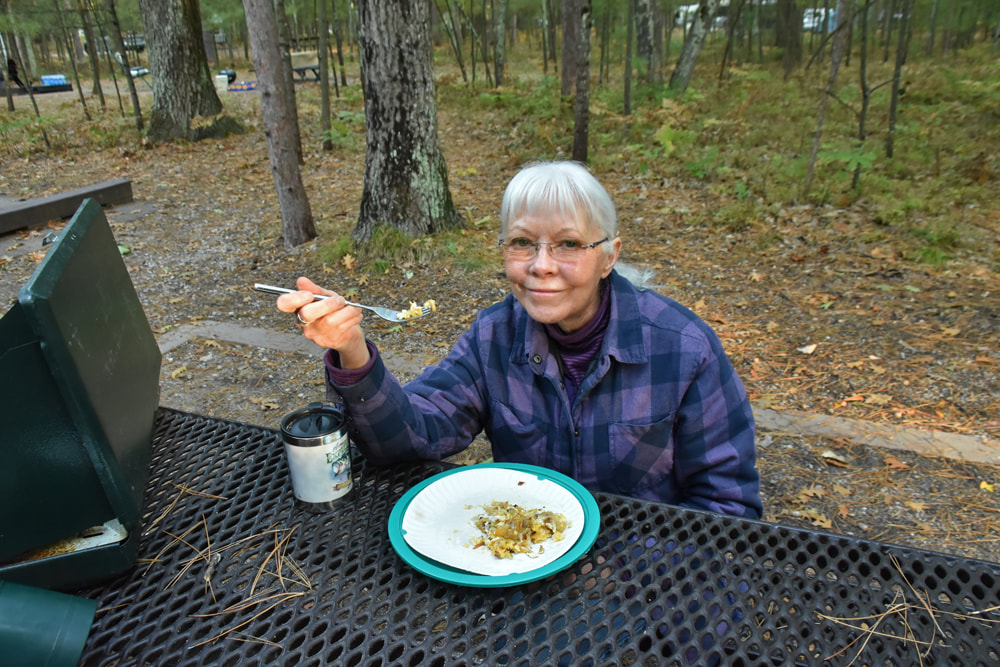

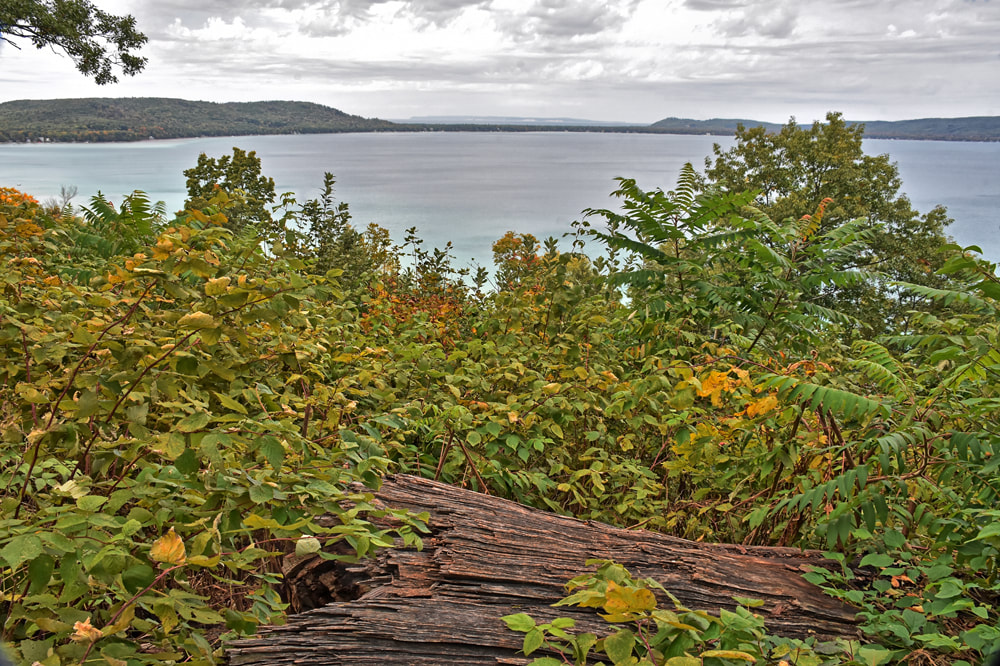




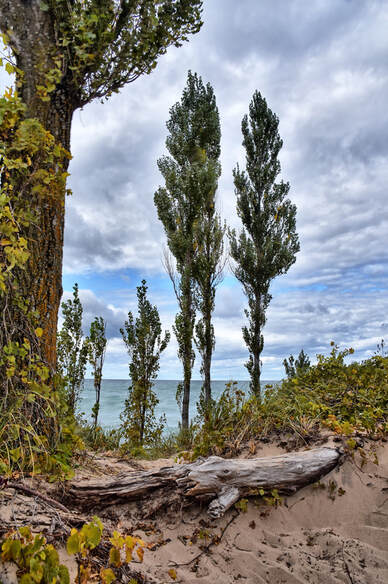
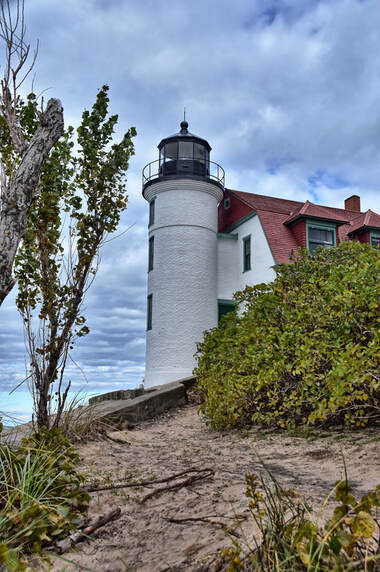


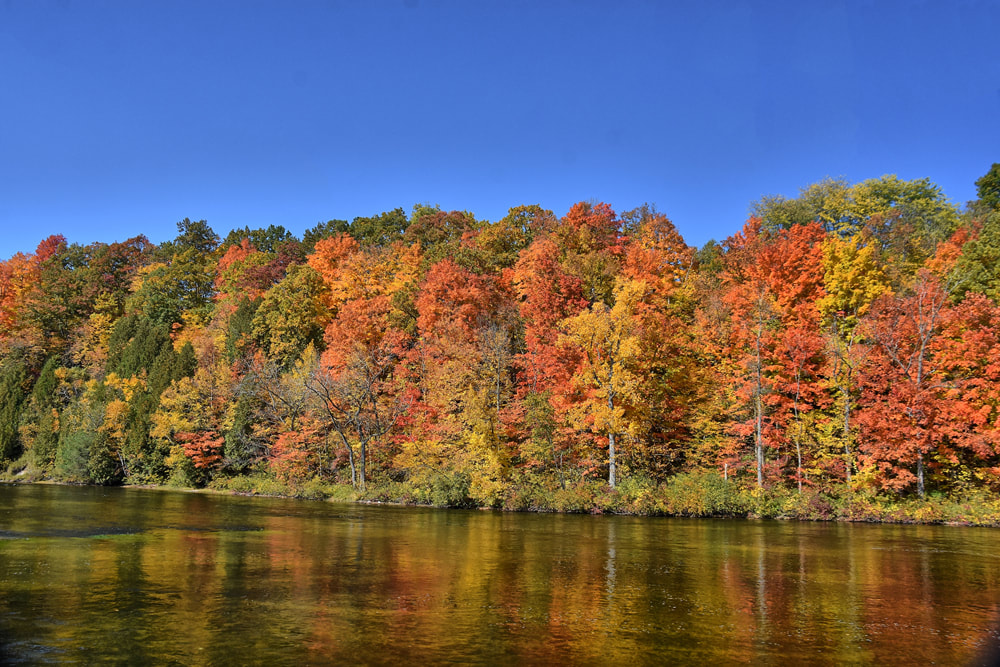


















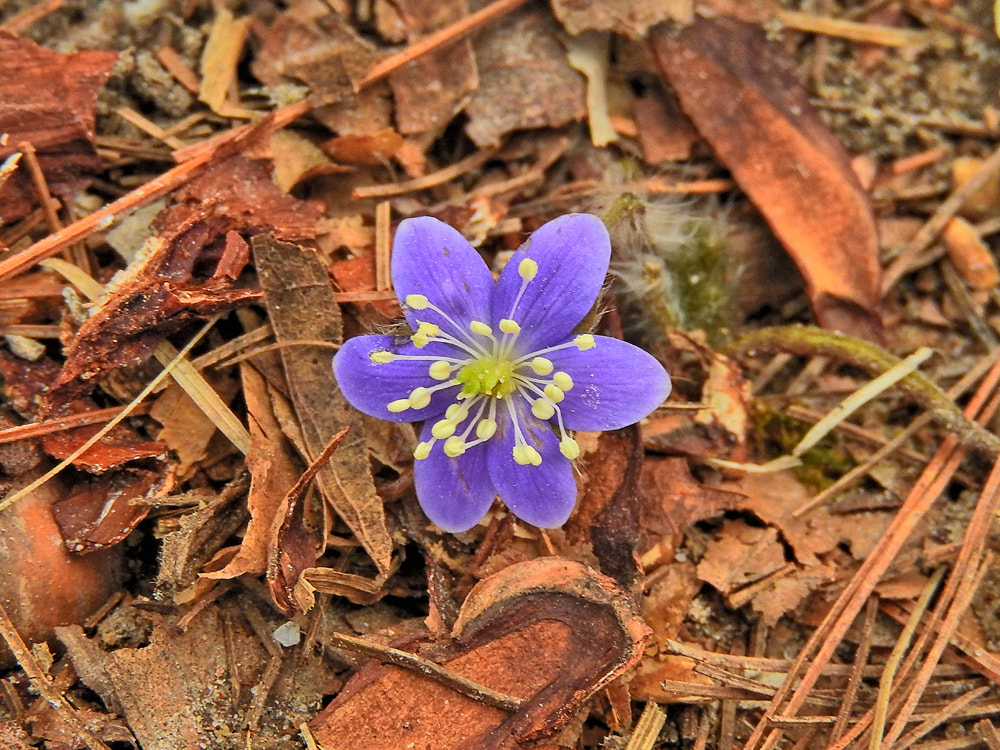




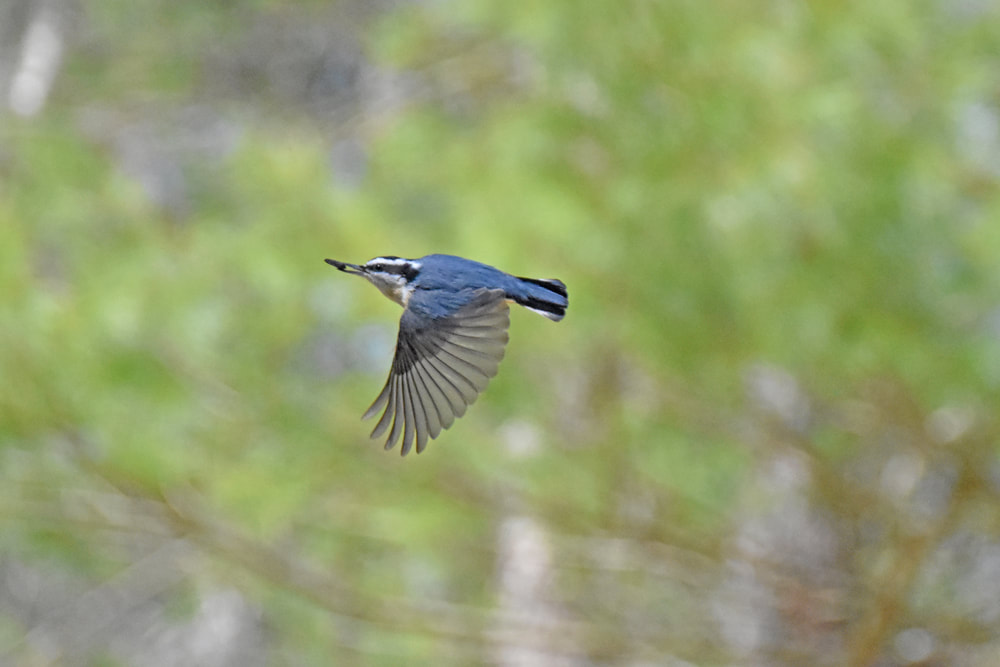
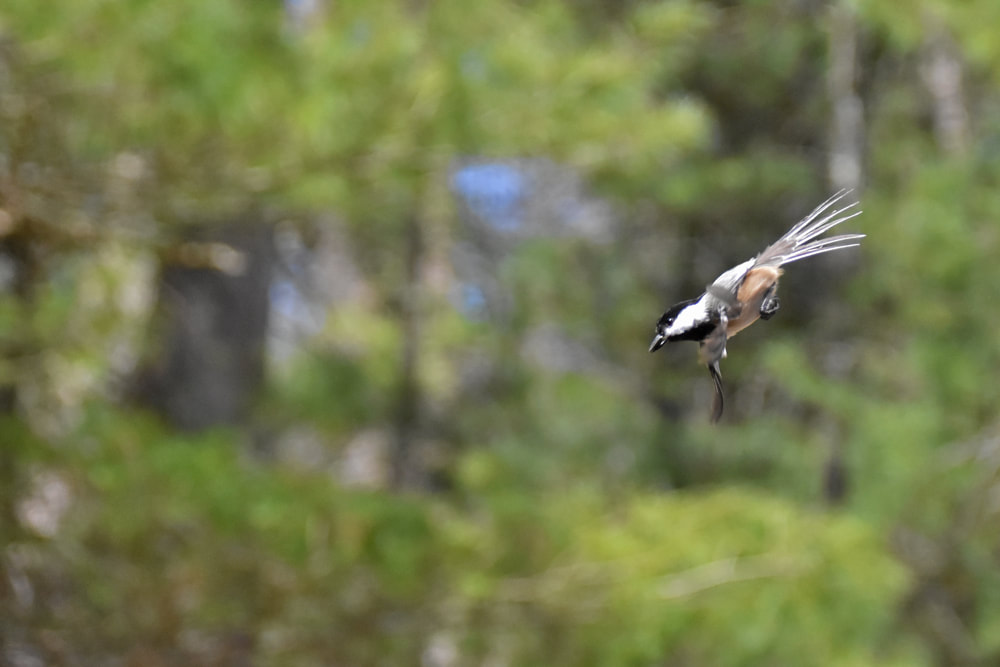
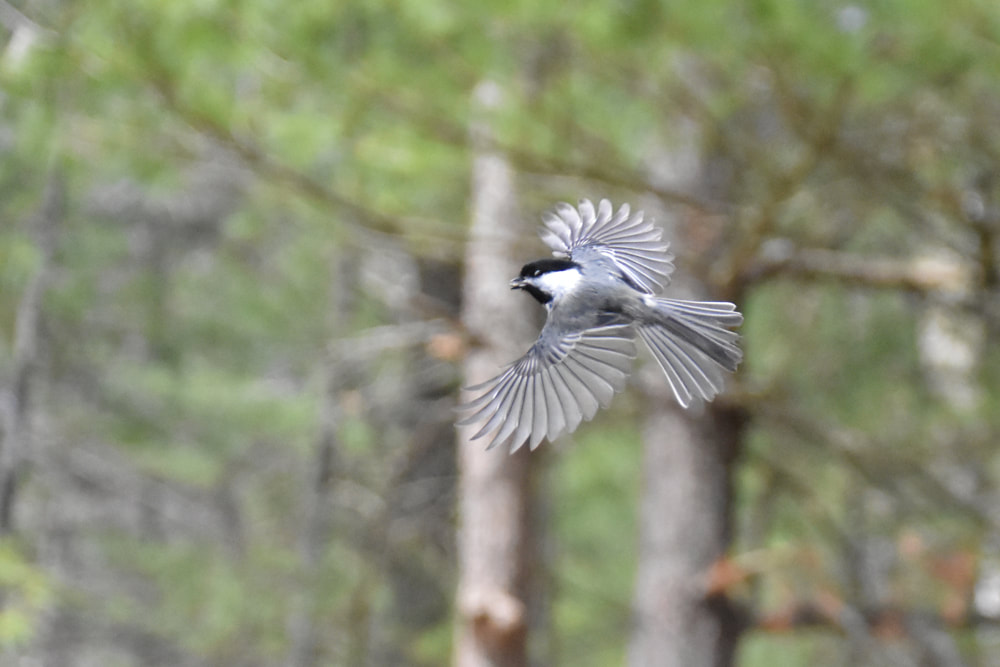

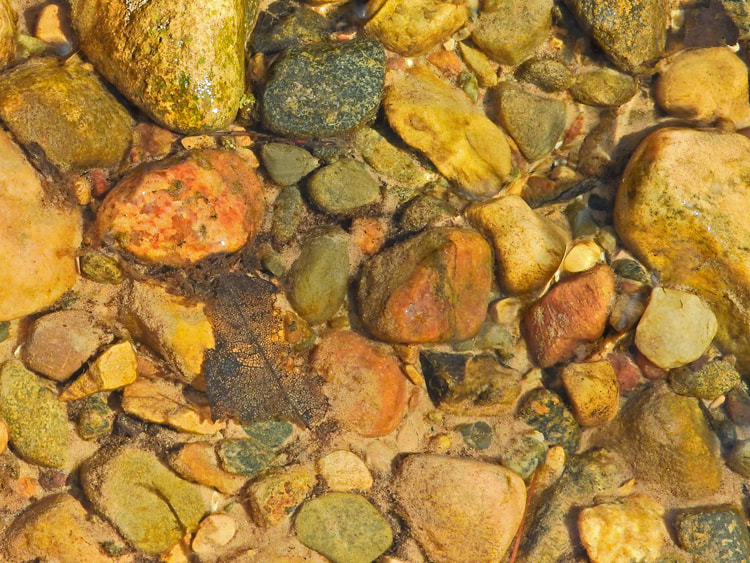
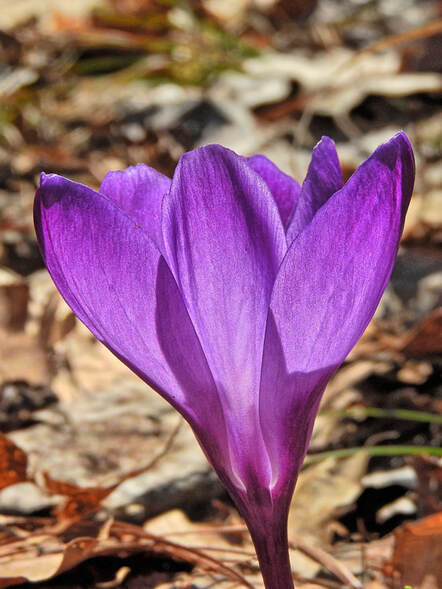








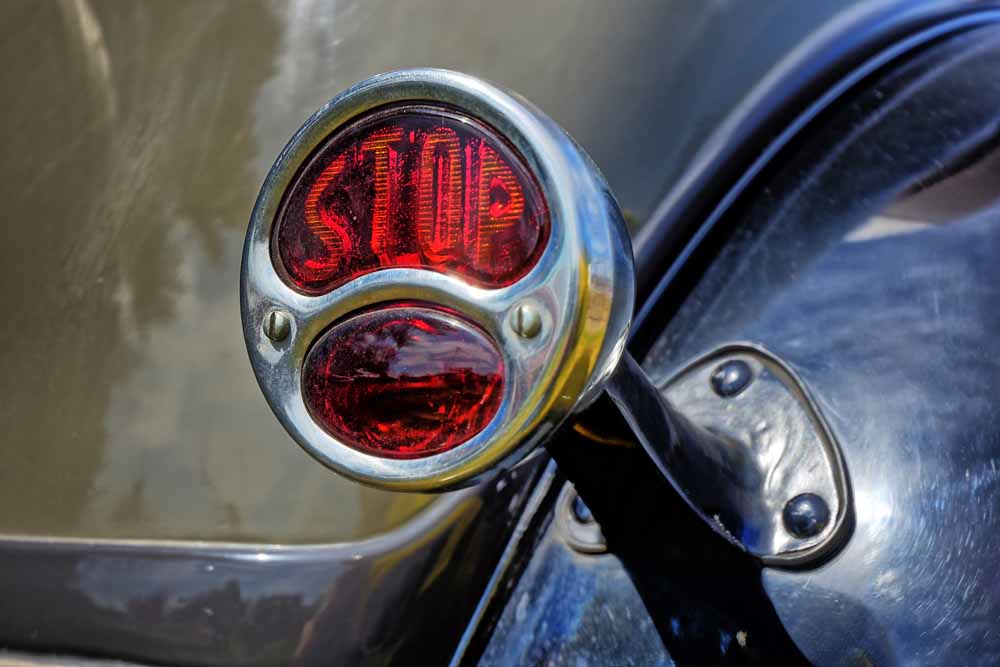

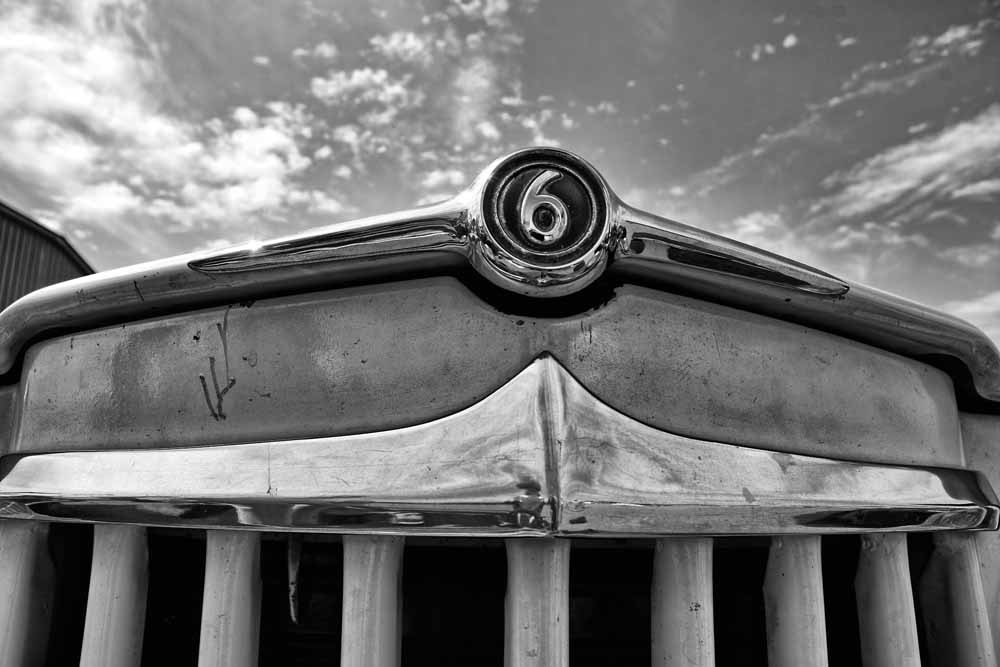



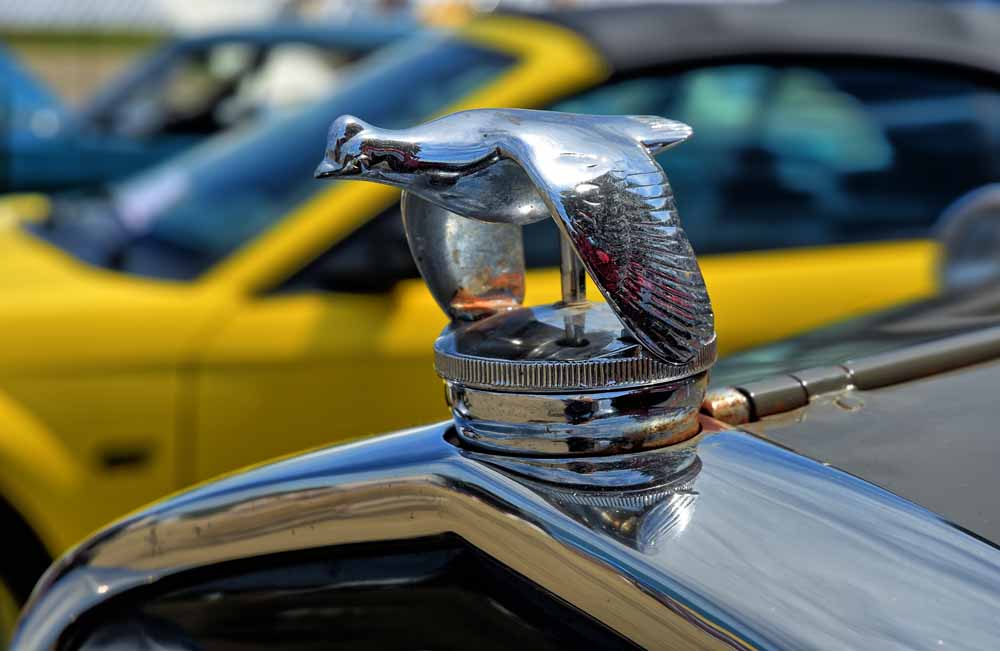





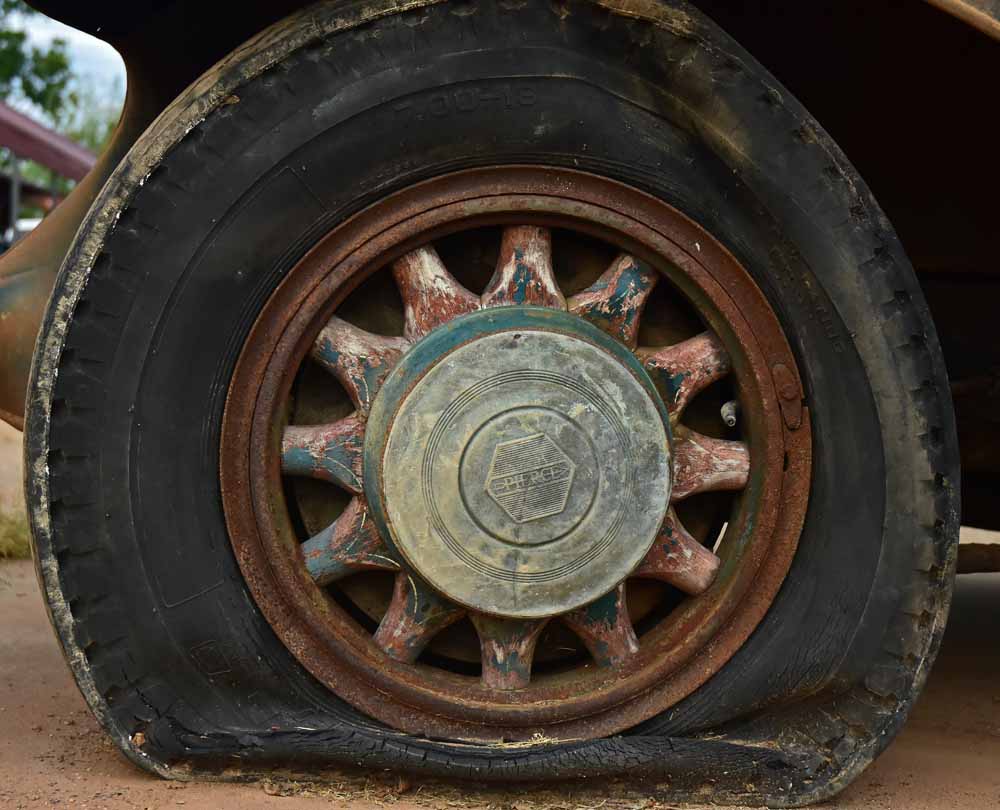







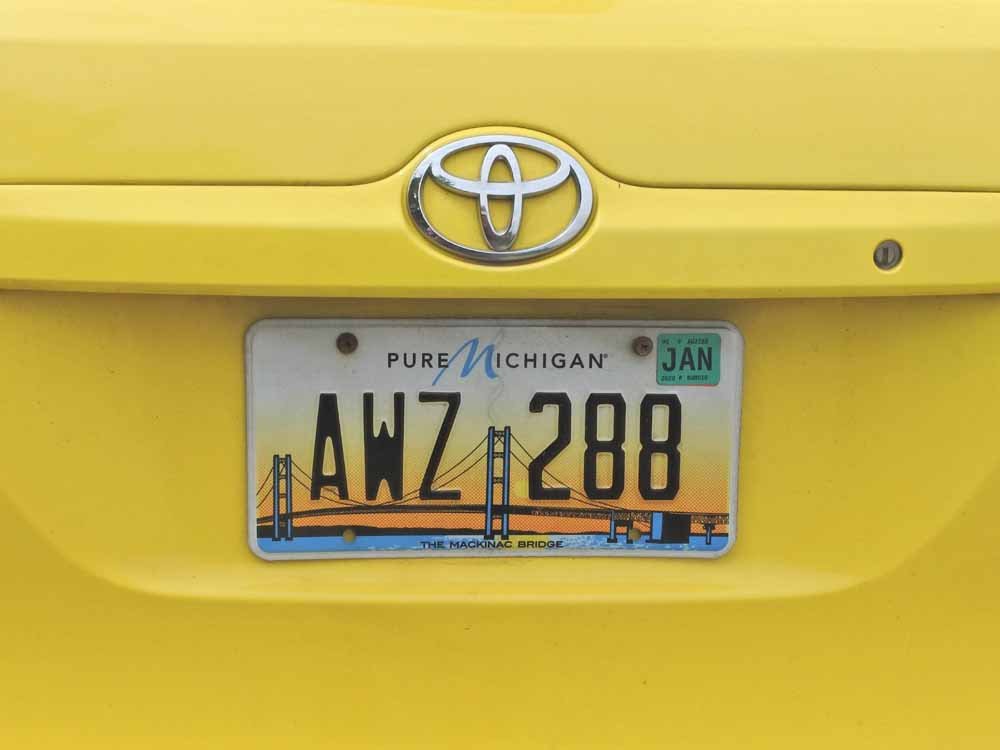




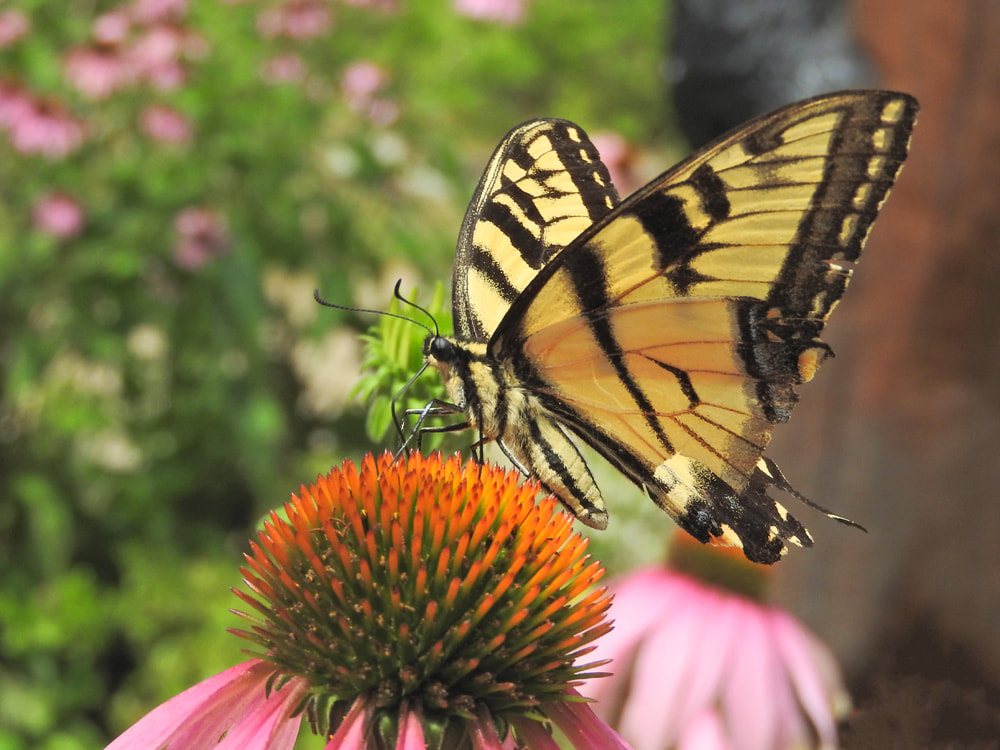



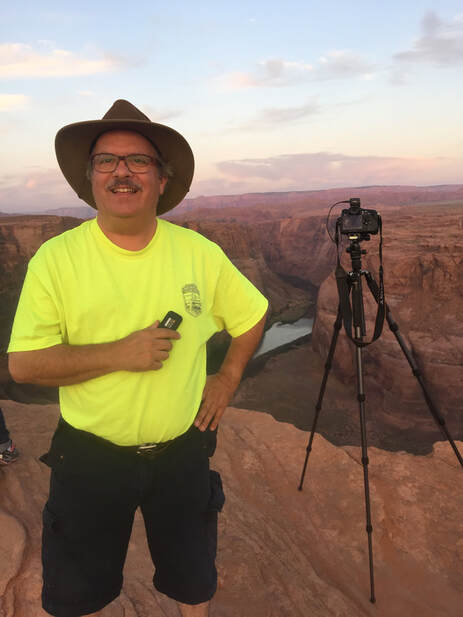






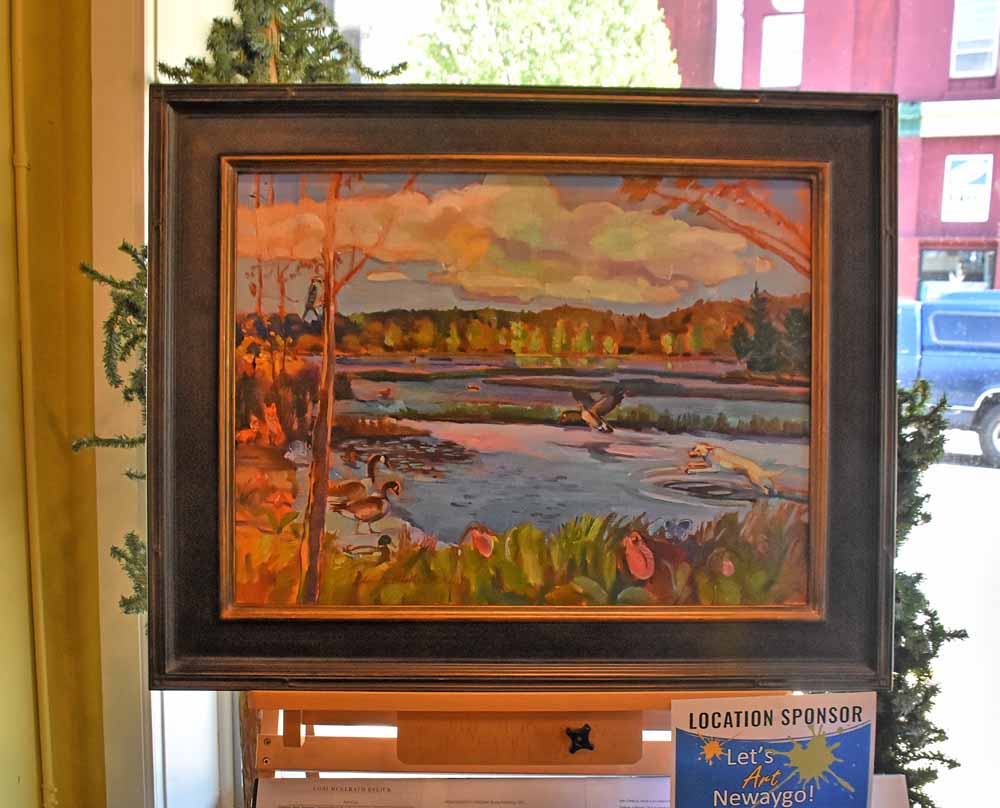


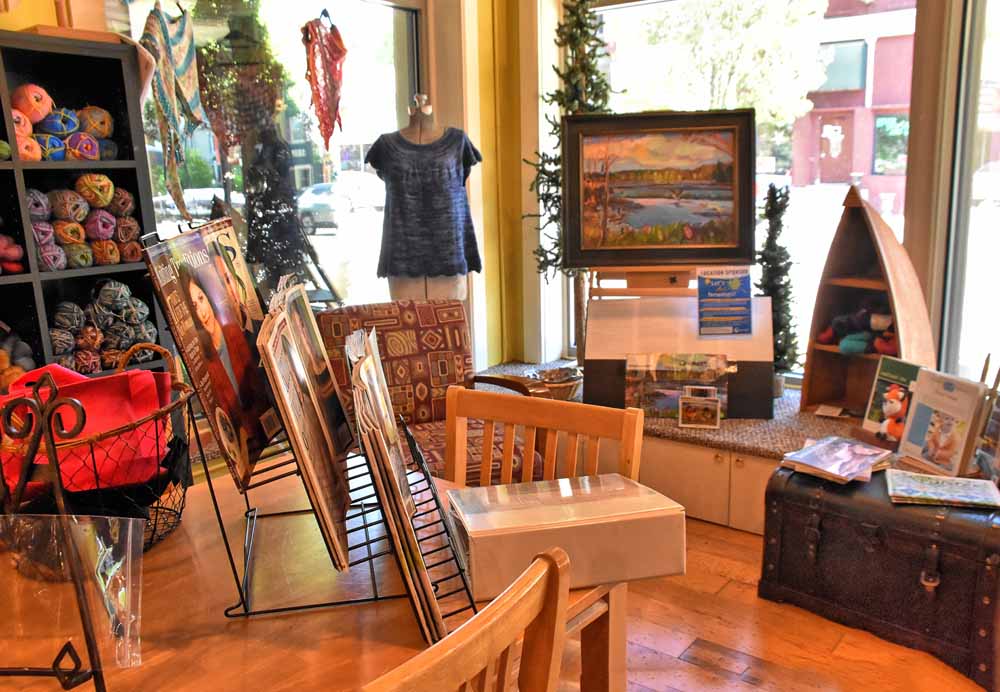



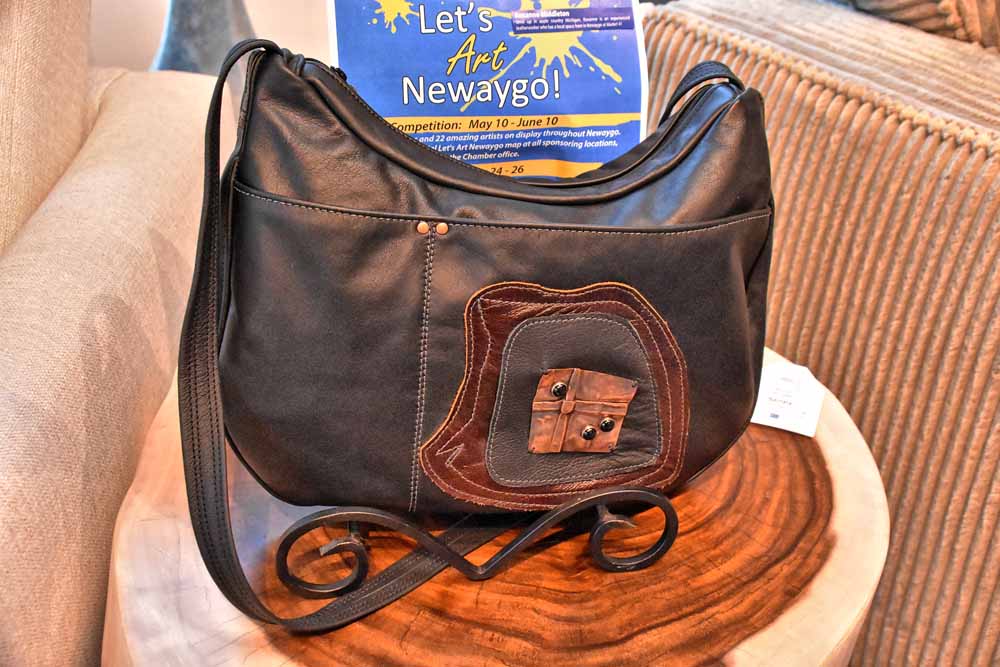





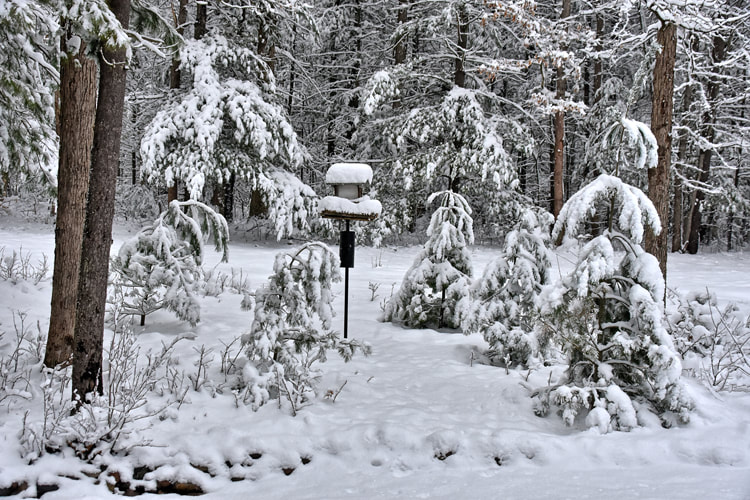
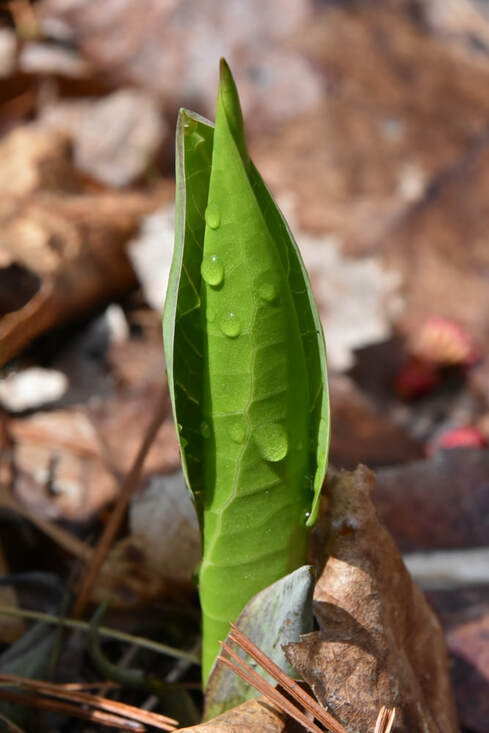
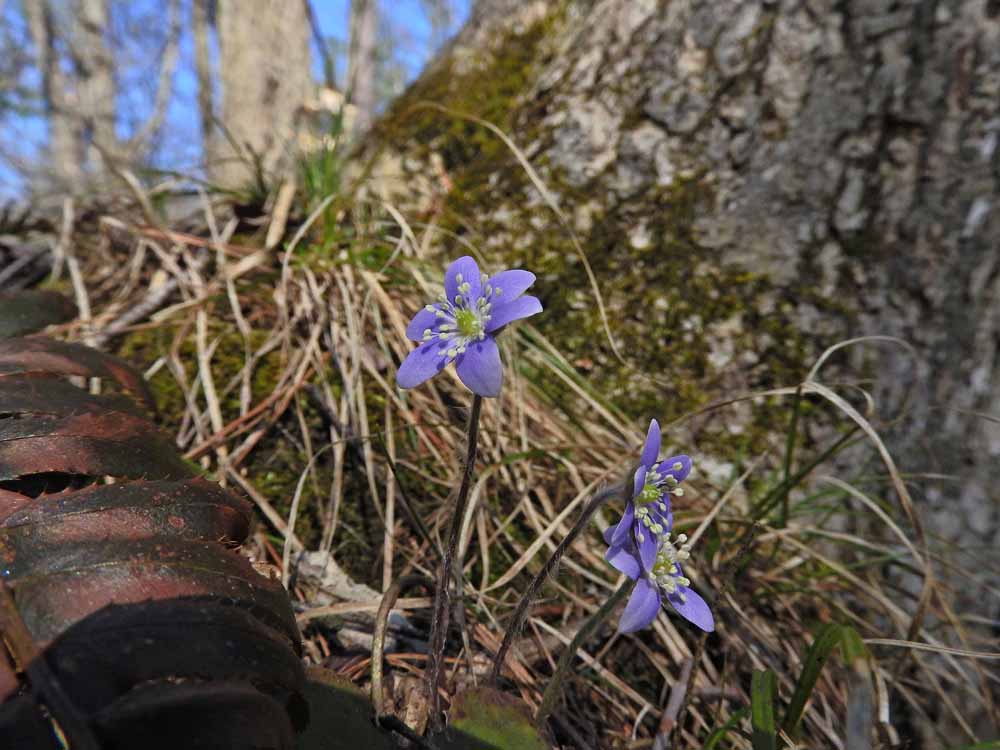





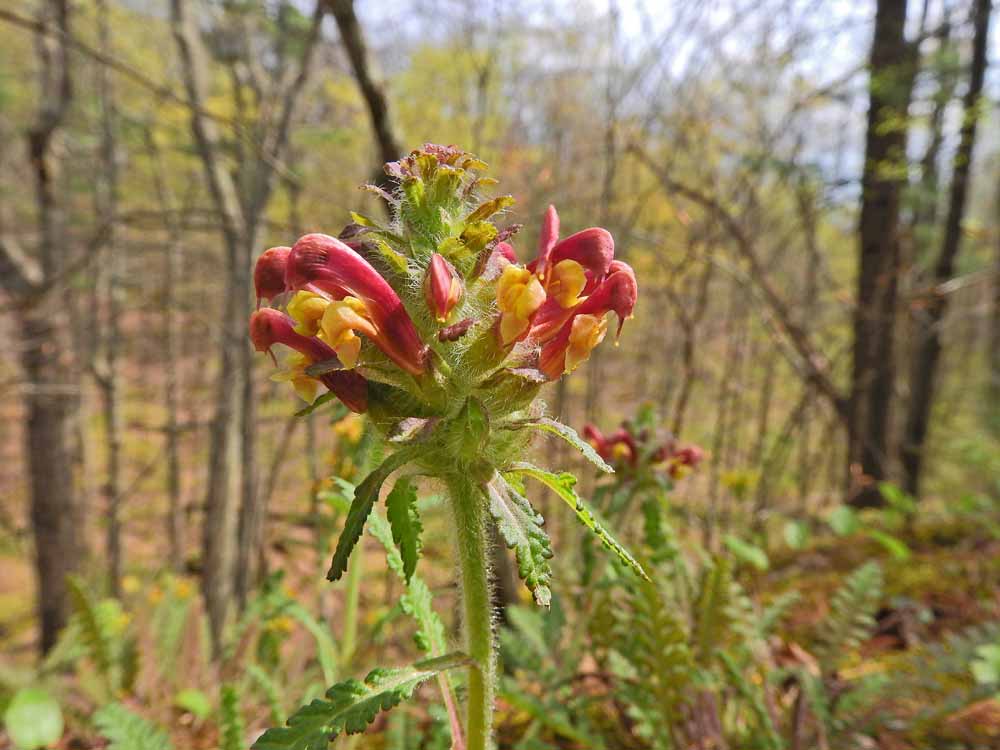






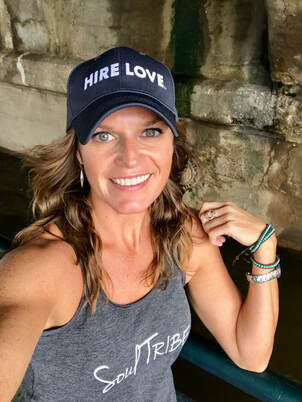





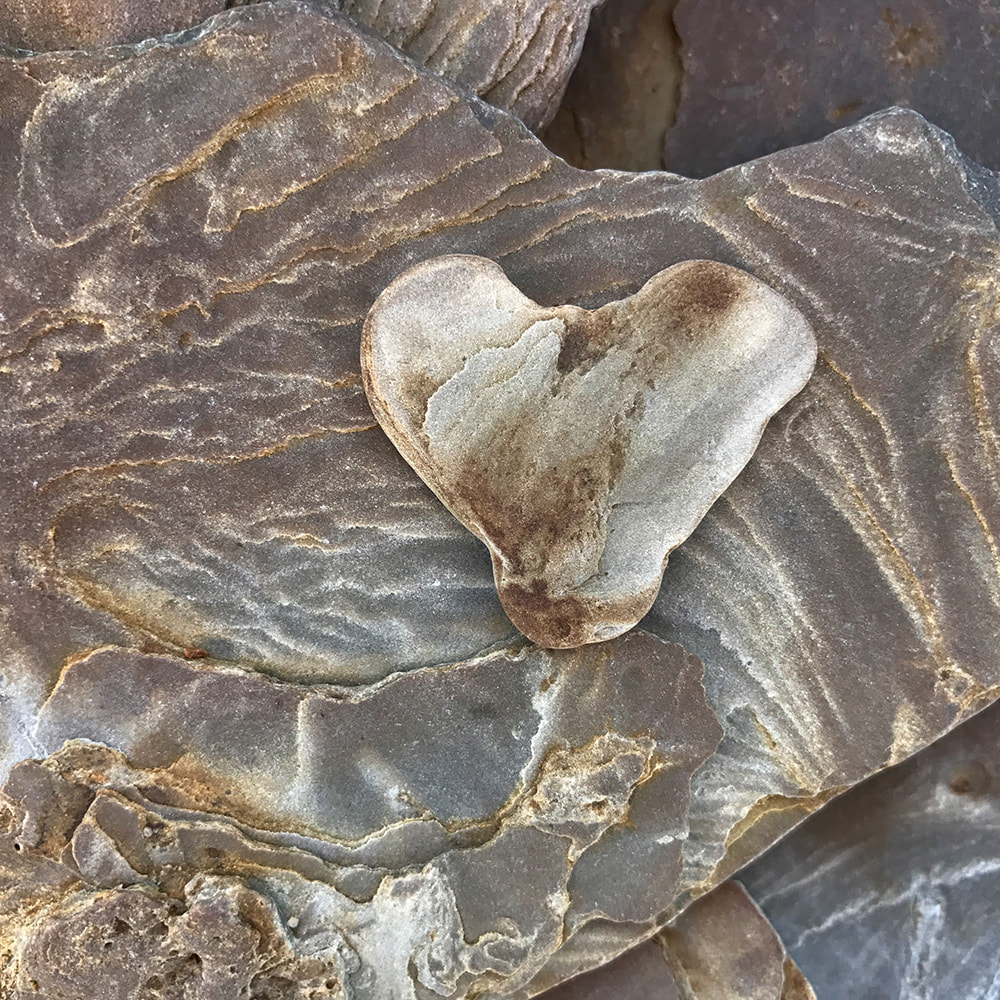









 RSS Feed
RSS Feed